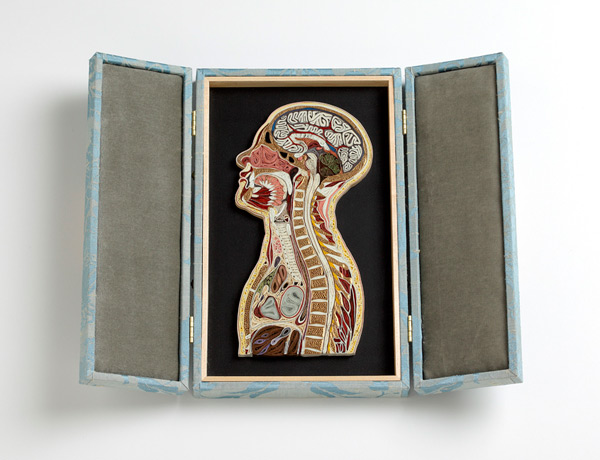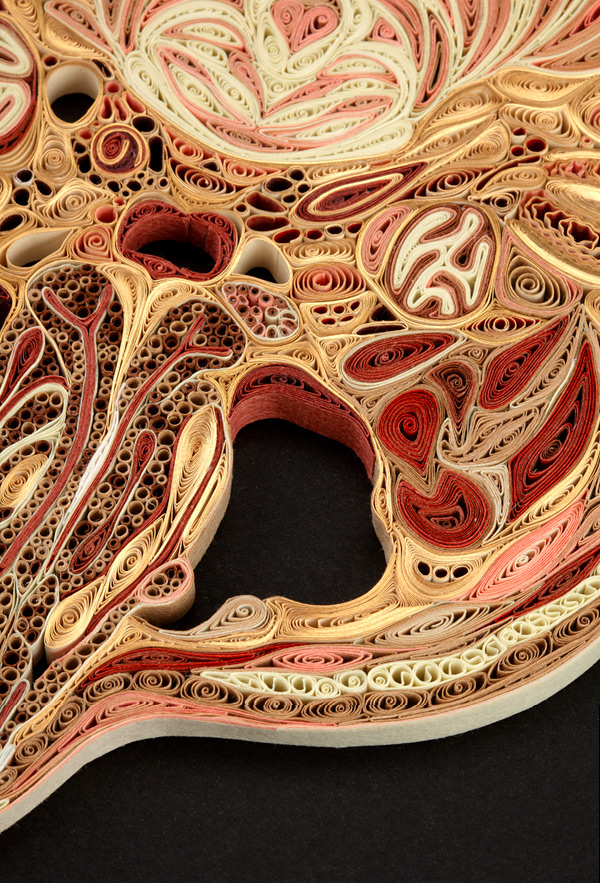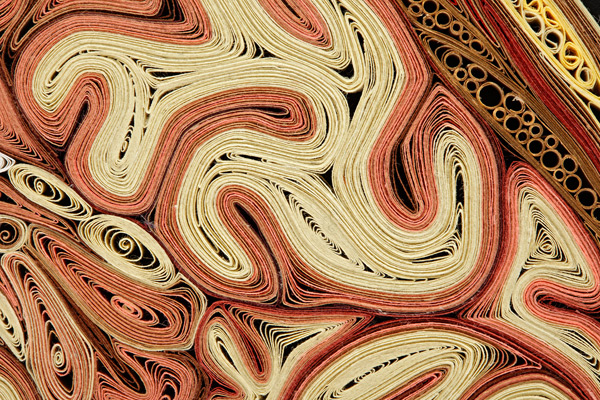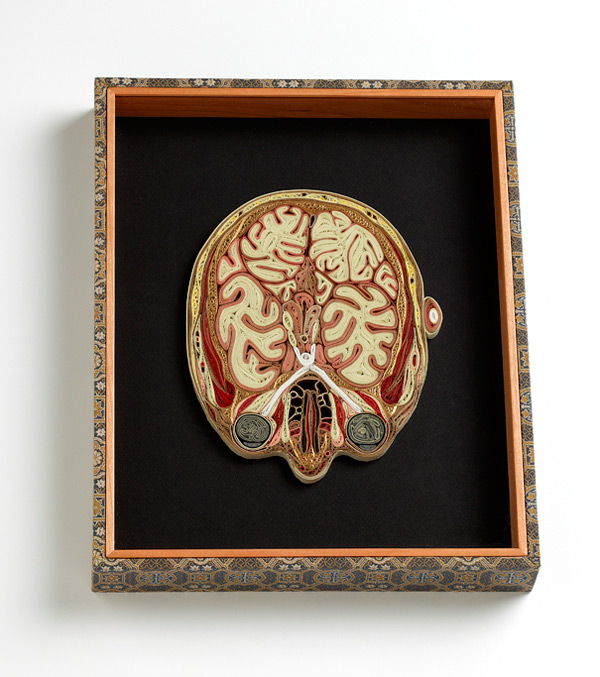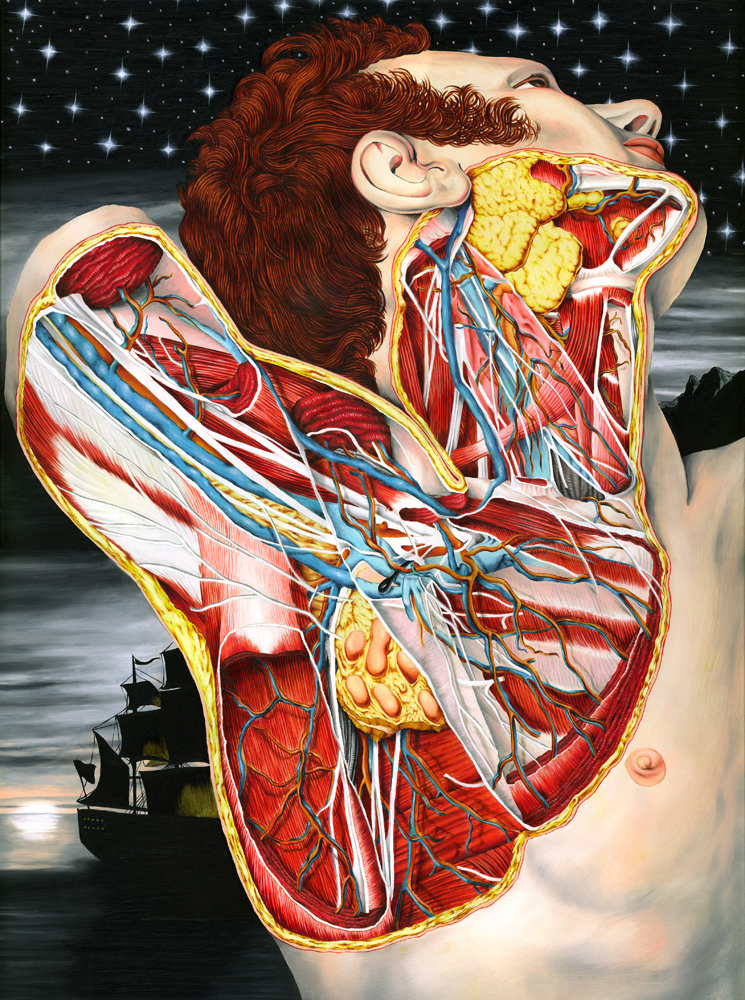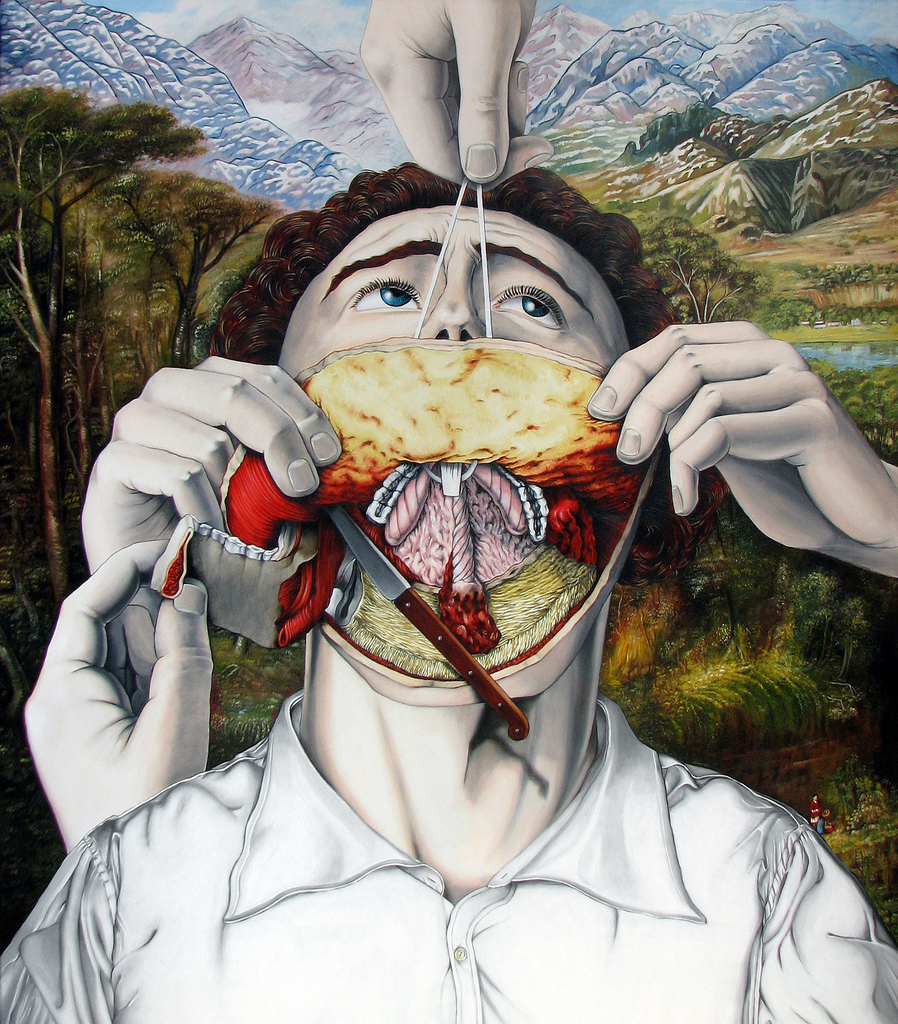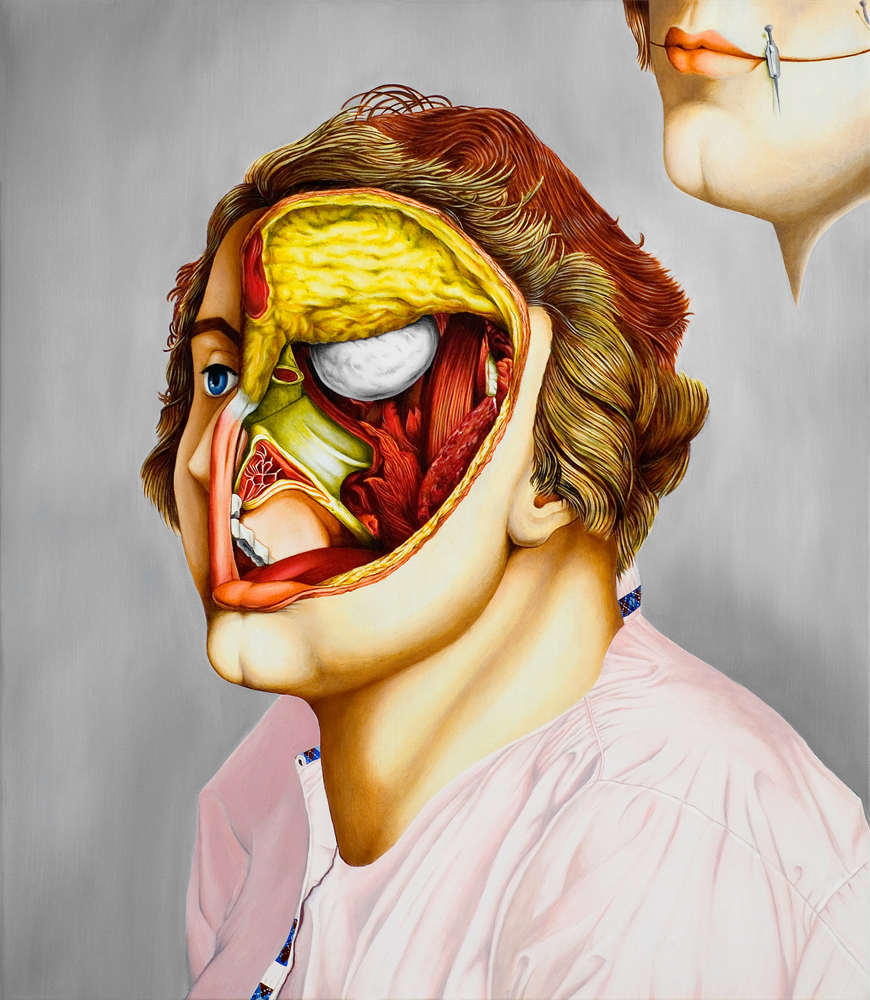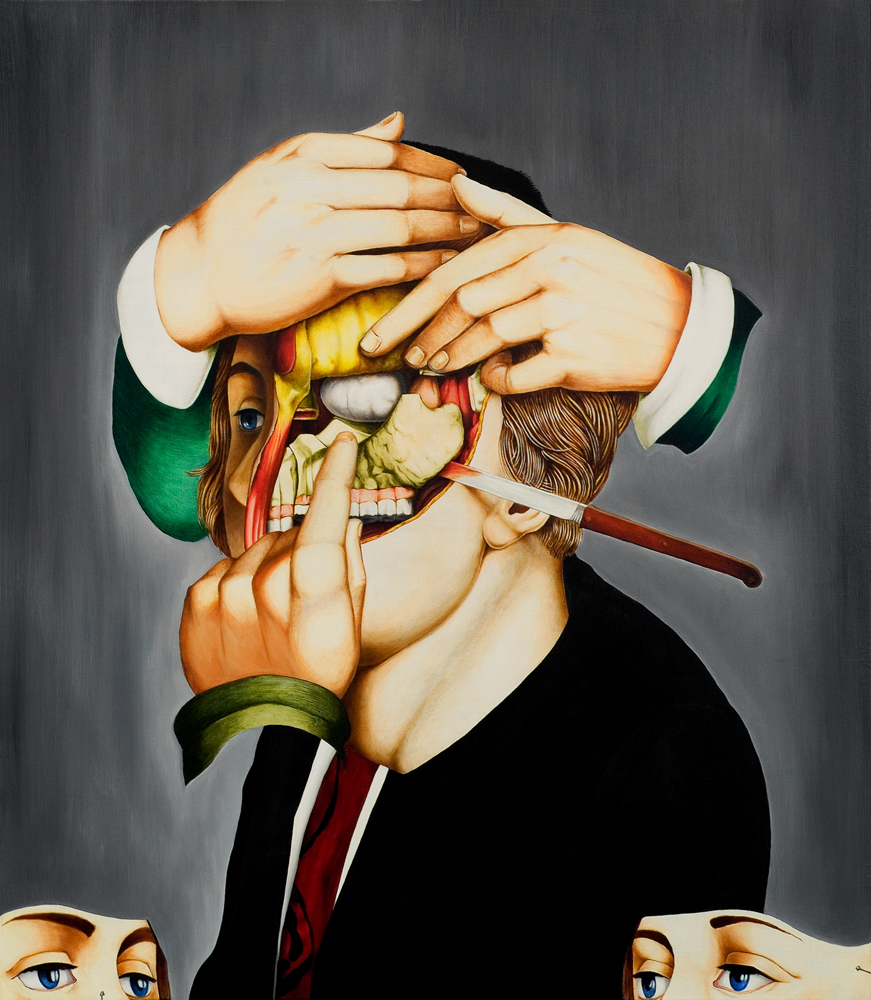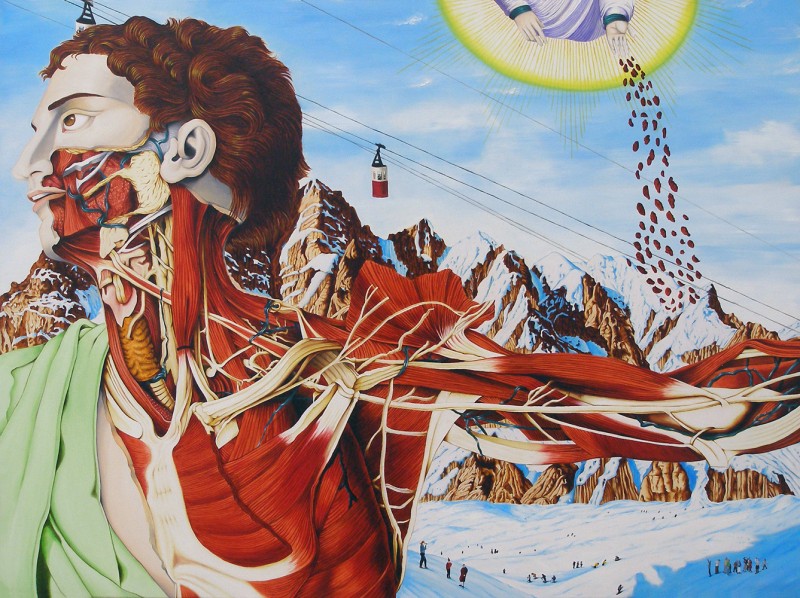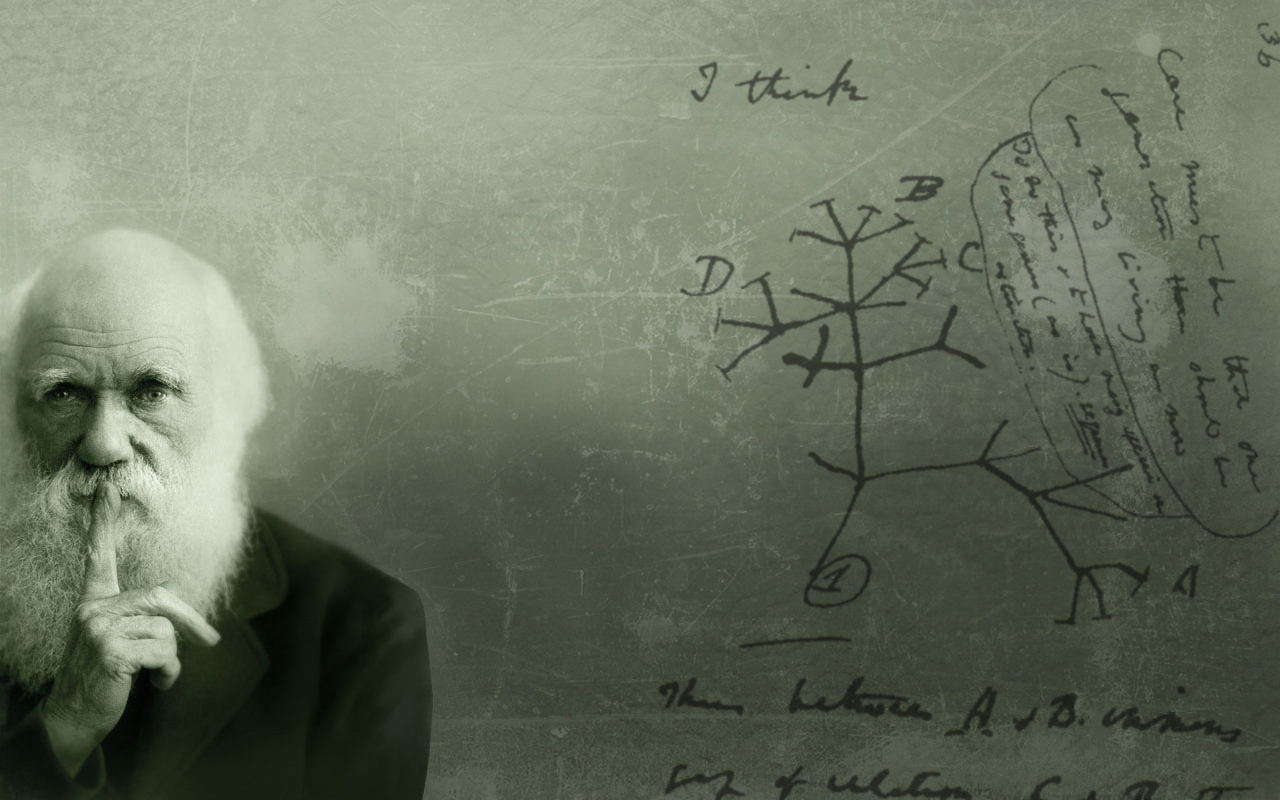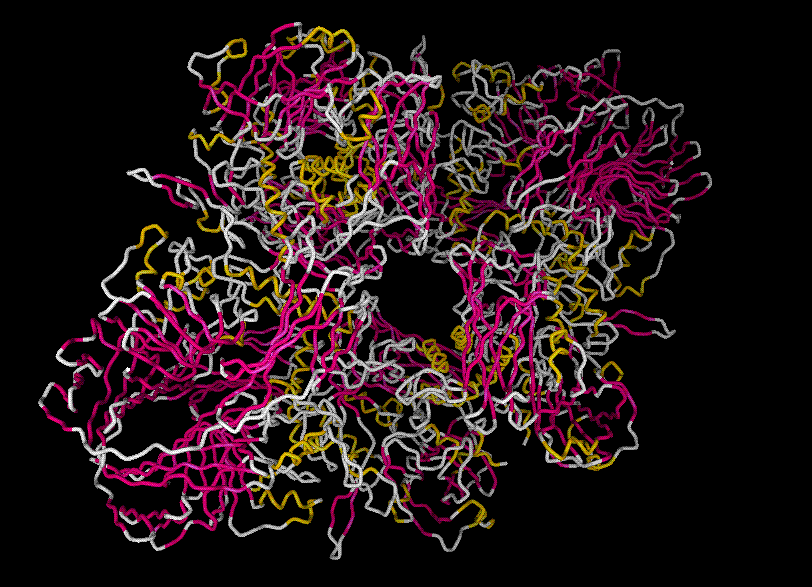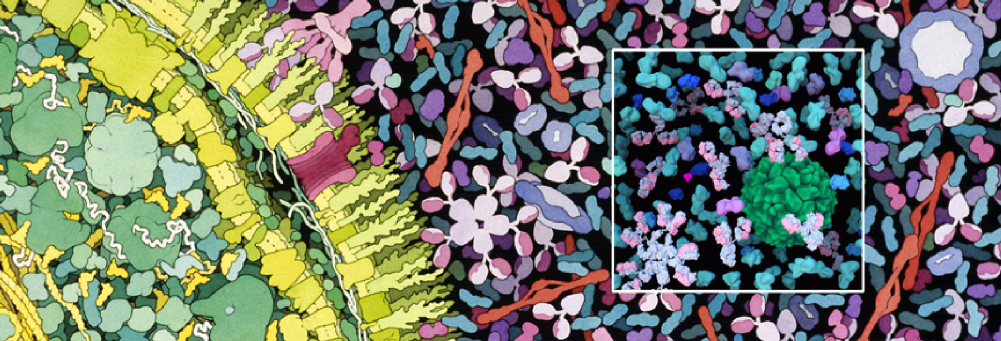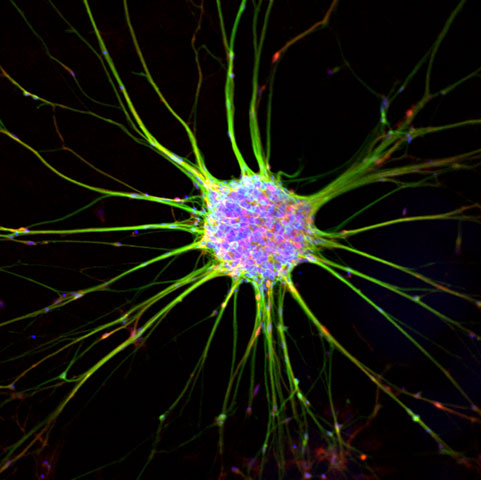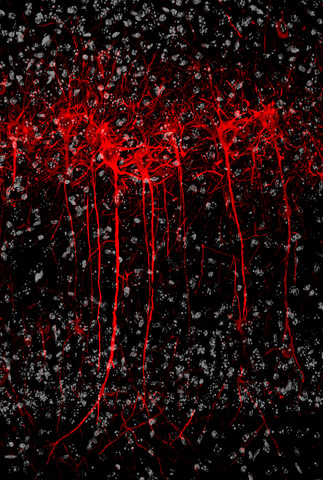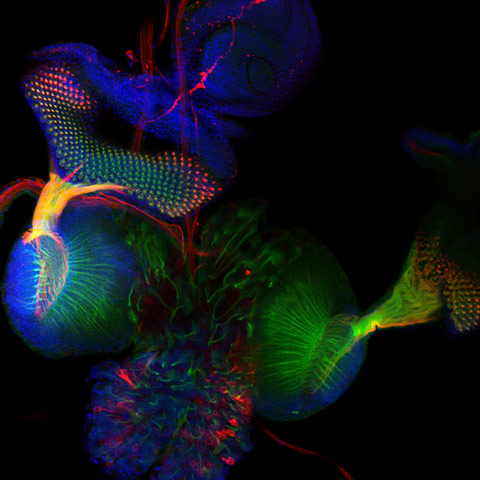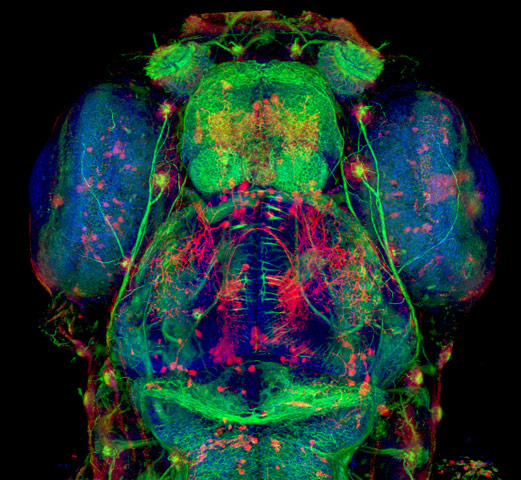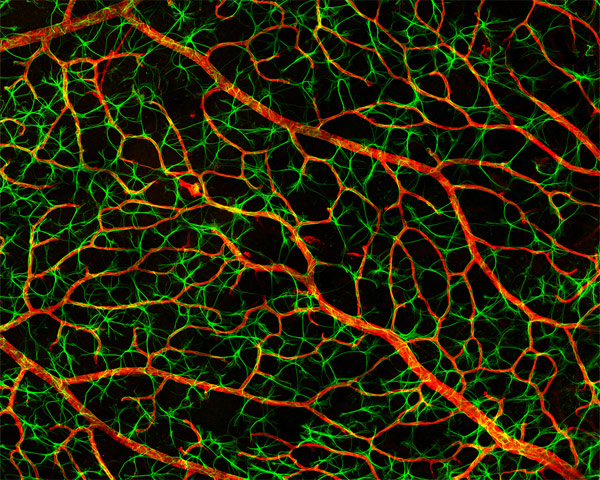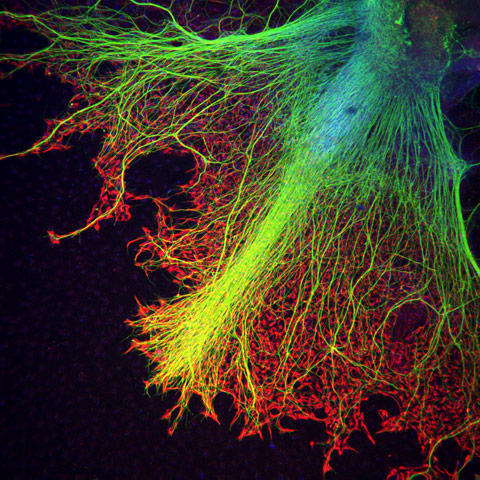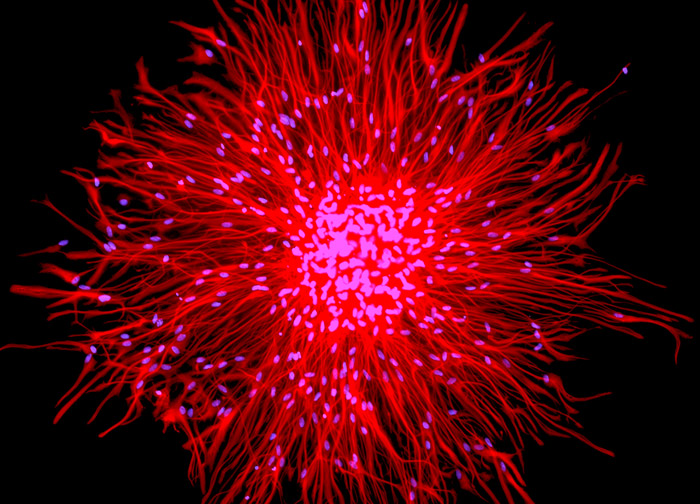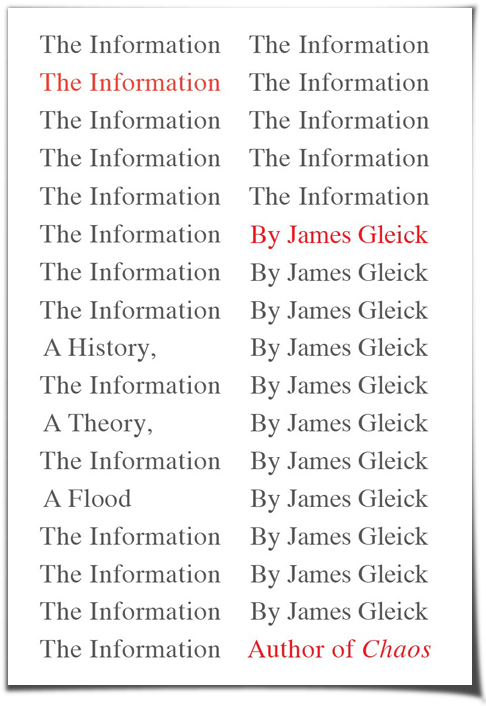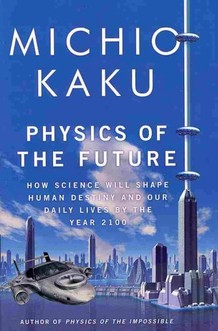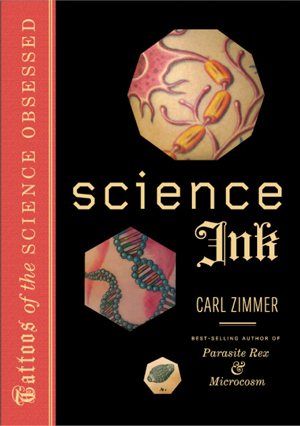Inside the human body lies a universe of astonishing structures – the internal wonders of nature that enable us to live. While most people don’t get much opportunity to see what we’re made of, I promise you, it’s worth it.
buy sildenafil citrate tadalafil vardenafil online https://apwh.org/wp-content/languages/en/sildenafil-citrate-tadalafil-vardenafil.html no prescription
I have become a big fan of Anatomical Art, but the work above by Lisa Nilsson takes my interest to a whole new level. She created these masterpieces by meticulously rolling and shaping narrow strips of Japanese mulberry paper in a technique called paper filigree or quilling. As you can imagine, each section takes several weeks to complete.
buy viagra black online https://apwh.org/wp-content/languages/en/viagra-black.html no prescription
I’m truly amazed by the accuracy she attained in her pieces. If you put these images in an anatomy textbook, I’m not sure you’d appreciate the difference.
Lisa is a Rhode Island School of Design (RISD) graduate from the Northeast U.
buy prednisone online https://apwh.org/wp-content/languages/en/prednisone.html no prescription
S., and this collection, titled Tissue Series, was displayed last summer at a Massachusetts gallery. Find more of her work here.
-RSB
[via LaughingSquid]



